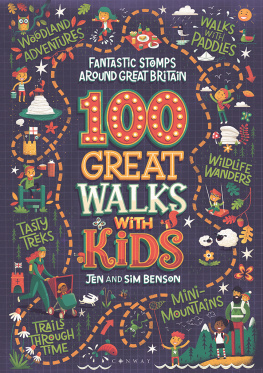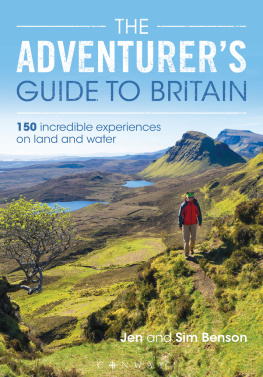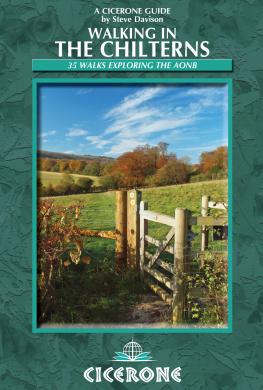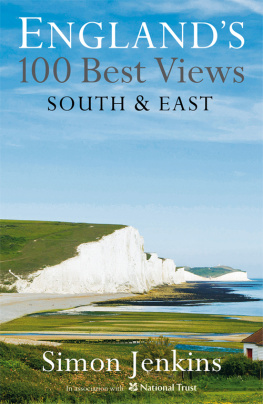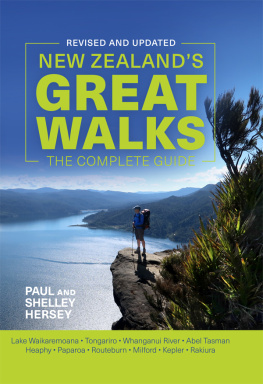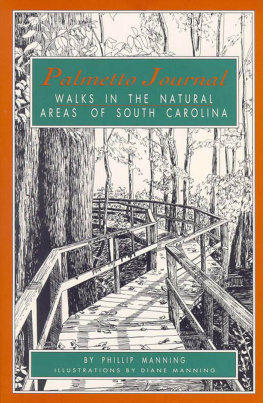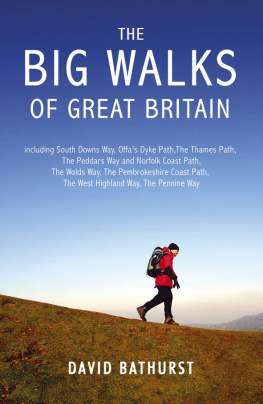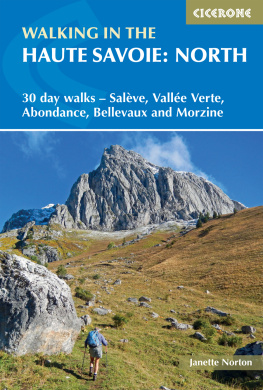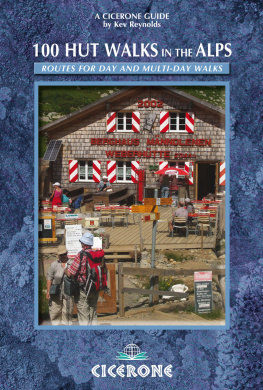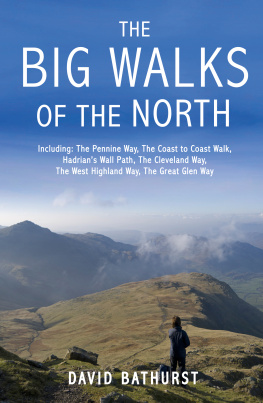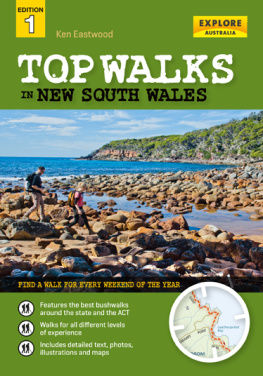
CONWAY
Bloomsbury Publishing Plc
50 Bedford Square, London, WC1B 3DP, UK
This electronic edition published in 2021 by Bloomsbury Publishing Plc
BLOOMSBURY, CONWAY and the Conway logo are trademarks of Bloomsbury Publishing Plc
First published in 2021
Copyright Jen and Sim Benson, 2021
Photographs Jen and Sim Benson, except where credited
Map data OpenStreetMap contributors. Maps generated using www.gpxeditor.co.uk, using imagery from mapbox.com
Jen and Sim Benson have asserted their right under the Copyright, Designs and Patents Act, 1988, to be identified as Authors of this work
All rights reserved
You may not copy, distribute, transmit, reproduce or otherwise make available this publication (or any part of it) in any form, or by any means (including without limitation electronic, digital, optical, mechanical, photocopying, printing, recording or otherwise), without the prior written permission of the publisher. Any person who does any unauthorised act in relation to this publication may be liable to criminal prosecution and civil claims for damages.
Bloomsbury Publishing Plc does not have any control over, or responsibility for, any third-party websites referred to or in this book. All internet addresses given in this book were correct at the time of going to press. The author and publisher regret any inconvenience caused if addresses have changed or sites have ceased to exist, but can accept no responsibility for any such changes
A catalogue record for this book is available from the British Library
Library of Congress Cataloguing-in-Publication data has been applied for
ISBN: 978-1-8448-6575-8 (PB)
ISBN: 978-1-8448-6577-2 (eBook)
ISBN: 978-1-8448-6576-5 (ePDF)
To find out more about our authors and their books please visit www.bloomsbury.com where you will find extracts, author interviews and details of forthcoming events, and to be the first to hear about latest releases and special offers, sign up for our newsletters.
Note: while every effort has been made to ensure the accuracy of this guidebook, changes can occur over time. If you discover any important changes to the details in this book, were happy to hear about them Please send any comments to
CONTENTS









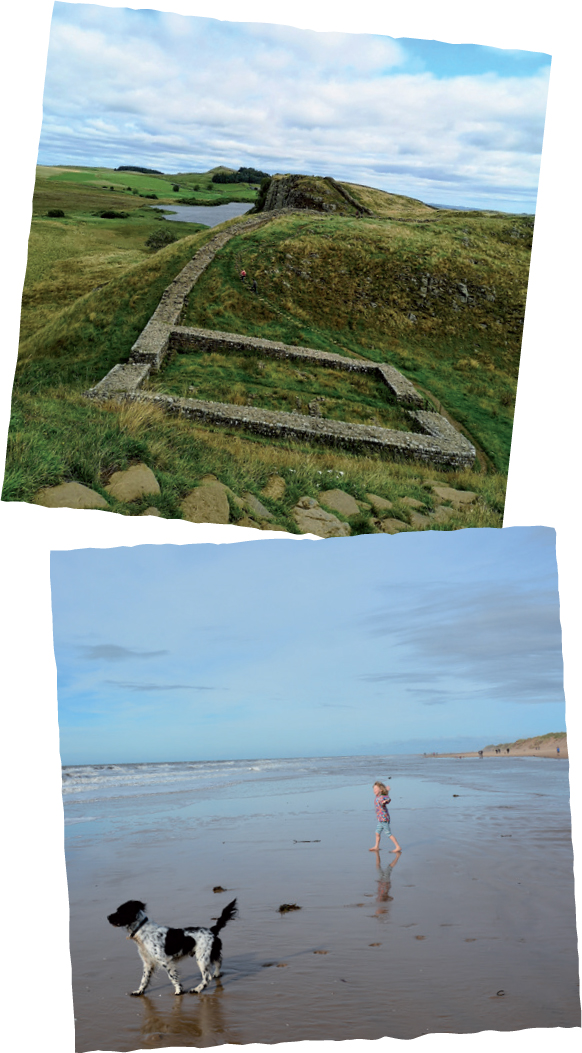




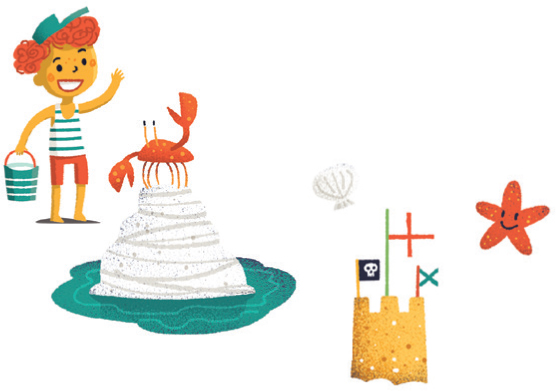


INTRODUCTION
W alking as a family, extended family or group of friends is a fantastic way to spend time together. Far from the urban and indoors worlds that so many of us, and our children, spend much of our lives inhabiting, walking outdoors in all weathers and on every kind of terrain brings a level of exhilaration, engagement and immersion in our surroundings that occurs nowhere else. Getting outside and sharing the challenges, joys, sights and sounds of a place with other people forms bonds and memories that last a lifetime.
Walks are almost always an education, but not the kind youll find sitting in a classroom. A walk can explore the history of the Earth through its rocks, or the history of humans by visiting the places where people have left their mark, from remains in caves and hilltop forts to castles and country estates. Every wild place is buzzing with its own unique blend of nature from birds and mammals to the tiny worlds of invertebrates. Gazing up at the dark skies that hang speckled with stars over many of Britains National Parks is a magical way to learn about the universe and our place within it. Seeing conservation projects in action, and the changes both good and bad happening across so many of our landscapes, brings immediacy and relevance to issues such as climate change, biodiversity and land use.
THE DOORSTEP MILE
Every child is different, with some relishing the idea of going for a walk while others will do anything to avoid it. Regardless of age or inclination, forcing kids to go on walks does little besides creating tension and conflict, and youll end up never wanting to do it again. Getting kids on board with the idea of a walk really is all about how you pitch it to them. If you can, get them involved in planning the day. Is there anywhere theyd really like to go? What are they learning about at school that could be enhanced by seeing it in real life? Do they have any special interests, such as steam trains or rock climbing? And, often most importantly, is there a caf at the finish where you can all enjoy a hot chocolate together?
Its often hard for children to imagine the day ahead, particularly if its somewhere theyve never been before, so waymarking it with more familiar things that they know they enjoy helps them to understand whats going to happen and why itll be fun. Arranging to meet their friends for a walk is a fantastic way to combine something theyre likely to find exciting with getting outside and exploring. However you go about it, even if the distance covered is exactly the same, kids will always view an adventure with far more enthusiasm than a walk.

